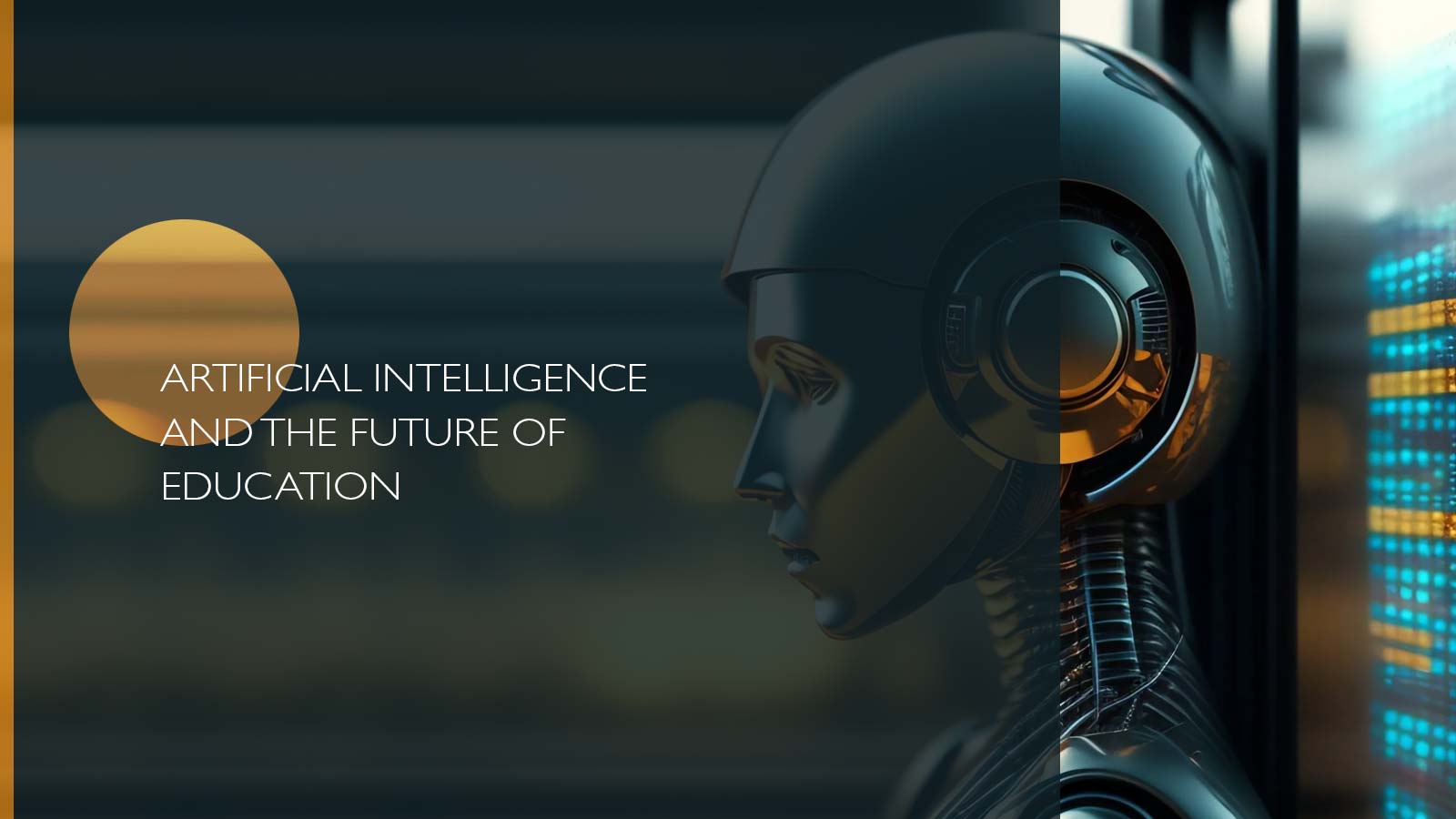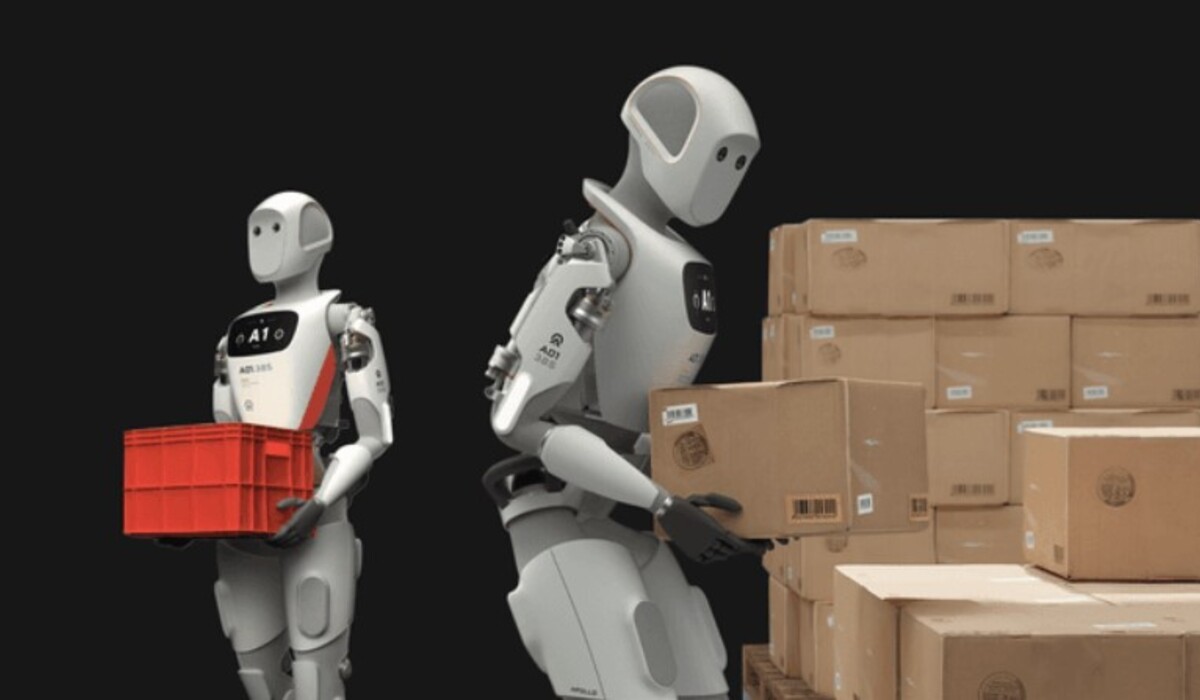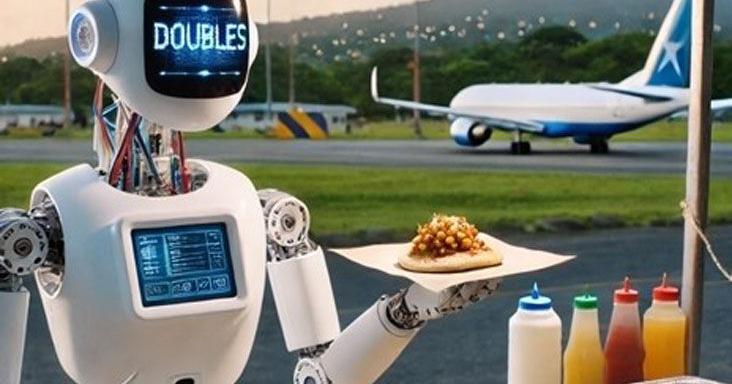- TECHSWU
- Posts
- TECHSWU #73
TECHSWU #73
Welcome to TECHSWU, your go-to destination for all things tech that matter in your daily life!



ASUS Republic of Gamers has unveiled its first ROG NUC gaming PC in the Philippines, catering to gamers looking for high-performance in a compact package. The ROG NUC, which stands for Next Unit of Computing, is a small PC designed by Intel and manufactured by partner brands.
Unlike other NUCs that are primarily made for regular computing tasks, the ROG NUC is specifically designed with gaming in mind. Despite its small size, it boasts impressive specifications, including an Intel Core Ultra 7 or Ultra 9 CPU paired with an RTX 4060 or RTX 4070 GPU, enabling smooth gameplay even for today's demanding titles.
Furthermore, the modular design of the ROG NUC allows for easy access to the inside for memory and storage upgrades, and it comes with a customizable ARGB logo. The ROG NUC can be pre-ordered in the Philippines through selected partner resellers, and the first 10 buyers will receive premium ROG merchandise.

In the Apple TV+ series "Sunny," Rashida Jones plays an American expat named Suzie who is emotionally adrift in a near-future Japan. Suzie's life is further upended when she discovers that her late husband was the genius behind a new line of domestic robots, one of which, Sunny, is gifted to her.
The series explores multiple genres, including mystery, psychological drama, and sci-fi, with a touch of buddy comedy. While some aspects of the show are more exciting than others, Jones's lead performance and the overall vibe of the series make up for any shortcomings.
Jones showcases her range as an actress, combining humor and emotional depth to bring the complex character of Suzie to life. The world-building in the series also adds to its appeal, presenting a slightly off-kilter version of Japan where robots are commonplace.
Overall, "Sunny" is an odd and dryly funny treat that keeps viewers engaged.

Artificial intelligence (AI) has the potential to drastically transform education by providing personalized learning experiences, improving assessments, and enhancing engagement. AI in education allows for tailored and adaptive learning platforms, virtual tutors, intelligent content recommendations, automated assessment systems, gamified learning platforms, chatbots, and intelligent tutoring systems.
However, there are several challenges that need to be addressed for the effective adoption of AI in education, including data privacy concerns, cost of implementation, lack of technical expertise, generative AI abuse, and limited tools for measuring impact. Despite these challenges, the investment in AI in education is expected to grow at a compound annual growth rate of 36% from 2022 to 2030.
AI in education has the potential to revolutionize the education sector by providing personalized and enriched learning experiences for students.


Skild AI, a Pittsburgh-based robotics startup, has raised $300 million in a Series A funding round to continue developing its "general purpose brain" for robots. The company aims to create a single off-the-shelf intelligence that can be integrated into different types of robots, allowing them to perform basic functions such as climbing slopes, walking over obstacles, and identifying objects.
Skild AI's model has already demonstrated impressive capabilities, including the ability to learn and perform new tasks that it wasn't explicitly taught. The company achieves this by training its model on a massive database of text, images, and video, which is claimed to be 1000 times larger than those used by its competitors.
Skild AI faces competition from other robotics companies, but its access to large amounts of data sets it apart in the industry. The company seeks to disrupt the robotics industry and eventually achieve artificial general intelligence for robots.

Engineers at Shanghai Jiao Tong University in China have developed a computerised guide robot that could be used as an alternative to traditional guide dogs for the blind. The robot dog, equipped with artificial intelligence, can navigate autonomously, detect and avoid obstacles, recognise traffic lights and respond to voice commands.
It also has a handheld speed-control cane mounted on its back that provides the user with real-time feedback to ensure a safe walking experience. Designed with six legs for stability and smooth motion, the robot offers bidirectional interaction through auditory, tactile and force feedback.
The guide robot, co-developed with Souchen Robot Co., has not yet gone into production and no launch date has been announced.


GXO, a major player in logistics, has partnered with Apptronik, a top robot manufacturer, to explore the use of the Apollo humanoid robot in optimizing warehouse operations. Apollo stands out with its long operational time, swappable batteries, and extensive mobility and dexterity.
It is designed to work safely alongside humans, thanks to its unique force control architecture and flexible safety zone perimeter. The strategic collaboration includes testing and evaluating Apollo in lab settings before deploying the technology in a U.
S. distribution center.
GXO's Chief Automation Officer, Adrian Stoch, highlights the potential of robotics like Apollo to reduce repetitive tasks, enhance workplace safety, and enable employees to focus on higher-value activities. This partnership represents a significant advancement in integrating advanced robotics into mainstream logistics operations and has the potential to transform industries and enhance how we live and work.


Samsung has unveiled its next generation of wearables, including the Galaxy Buds 3, Watch 7, and Watch Ultra. The Galaxy Buds 3 have a new blade design with a rectangular case and transparent lid, featuring an illumination effect called Blade Lights.
The touch controls allow users to stop or play music, skip tracks, adjust volume levels, and switch between active noise cancellation (ANC) modes. The Galaxy Watch 7 and Watch Ultra are the first Android smartwatches powered by Wear OS 5.
They offer features such as heart rate monitoring, ECG, blood pressure monitoring, and personalized insights. The Watch 7 provides accurate workout tracking and sleep analysis, while the Watch Ultra offers advanced fitness experiences.
The devices are available for pre-order in Singapore and will be officially launched on July 24.

The "Kia boys" in Cleveland are using new technology to steal cars without breaking a window. They have a small handheld device that can steal the signal when someone uses their key fob to unlock their car.
This allows the thieves to unlock the car later on, and it only takes a few seconds to work. Cybersecurity expert Paul Sems explains that these devices have been on the market for about four years and were banned in certain countries.
However, they are legal in the United States. To steal the signal, someone would need to be within about 30 feet of the owner when they unlock their car.
Sems suggests that automakers should invest in better encryption to protect against this type of theft. Kia owners and owners of cars made before 2009 are most at risk.


Samsung has unveiled its latest foldable devices, the Galaxy Z Fold 6 and Z Flip 6, during its recent Unpacked event. Both devices feature Qualcomm's Snapdragon 8 Gen 3 processor and offer improvements in various areas.
The Galaxy Z Fold 6 is more compact and lightweight than its predecessor, making it easier to hold. It has a 7.
6-inch AMOLED 2X display with a 120Hz refresh rate, and a 6.3-inch secondary Dynamic AMOLED 2X panel.
It also includes a 12MP ultra-wide camera, a 50MP wide-angle shooter, a 10MP telephoto camera, and several AI tools for photo editing. The Galaxy Z Flip 6, on the other hand, has a 6.
7-inch Dynamic AMOLED 2X main screen and a 3.4-inch Super AMOLED cover screen.
It is equipped with a 12MP ultra-wide camera and a 50MP wide-angle snapper. Both devices will be available in Singapore from July 24th.


Robots, particularly humanoid robots, are becoming a new frontier of productivity in Trinidad and Tobago (T&T), with their capabilities and potential applications expanding rapidly. The G1 humanoid robot from Chinese company Unitree is an example of the impressive progress in the field of robotics.
It can walk, run, pick up objects, and perform delicate tasks such as flipping French toast. The cost of the G1 is $16,000, and the payback period of using it to replace a worker earning minimum wage in T&T is three years.
However, as humanoid robot technology continues to advance, robots could potentially replace humans in various sectors, including manufacturing, healthcare, retail, and hospitality. To manage the potential job losses, it is important for T&T to adapt, focus on new skills, and redirect resources to other industries.
The country should also establish an industrialization policy that integrates robotic and green technologies. While humanoid robots may replace certain tasks, humans still possess unique attributes such as creativity and emotional intelligence that cannot be replicated by robots.

Scientists in China have taken a significant step toward creating a hybrid intelligence by implanting lab-grown brain tissue, known as organoids, into a humanoid-like robot. This groundbreaking study has opened up possibilities for the future of technology and the treatment of neurological conditions.
The idea behind this research is to create a conscious entity that combines the strengths of both human and artificial intelligence. While brain-toting robots may still be a concept of the far future, the integration of organoids with computer chips could have immediate benefits for individuals with neurological disorders.
The robot, called MetaBOC, is equipped with obstacle avoidance, tracking, and grasping capabilities. However, there are still hurdles to overcome, such as the low developmental maturity and nutrient supply of the organoids.
Nevertheless, this research brings us one step closer to bridging the gap between human ingenuity and artificial intelligence.


Bumble has introduced a new reporting option that allows users to report profiles that use AI-generated photos and videos. This feature comes as AI-generated photos on dating apps are becoming increasingly common, often used to deceive or scam others.
Users can now select "Fake profile" and then choose the option "Using AI-generated photos or videos" when reporting a profile. Bumble hopes that this new reporting option will help deter individuals from using AI to be deceitful on the app.
The company has been actively working to improve safety on its platform and has already launched AI tools, such as the "Deception Detector" and the "Private Detector," to detect and remove fake profiles, spammers, and scammers. Bumble aims to create a safe and trusted dating environment for its community by continuously improving its technology.

